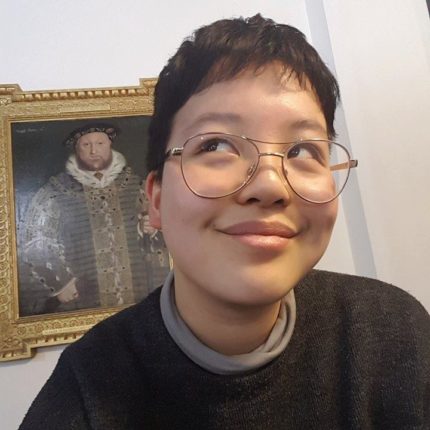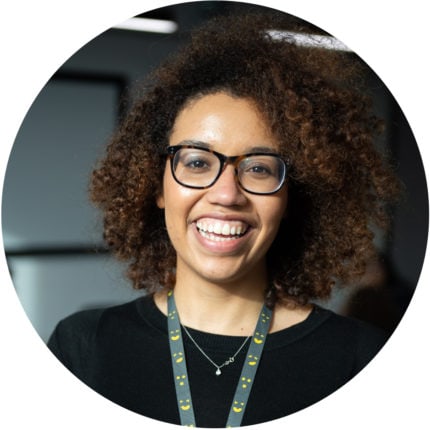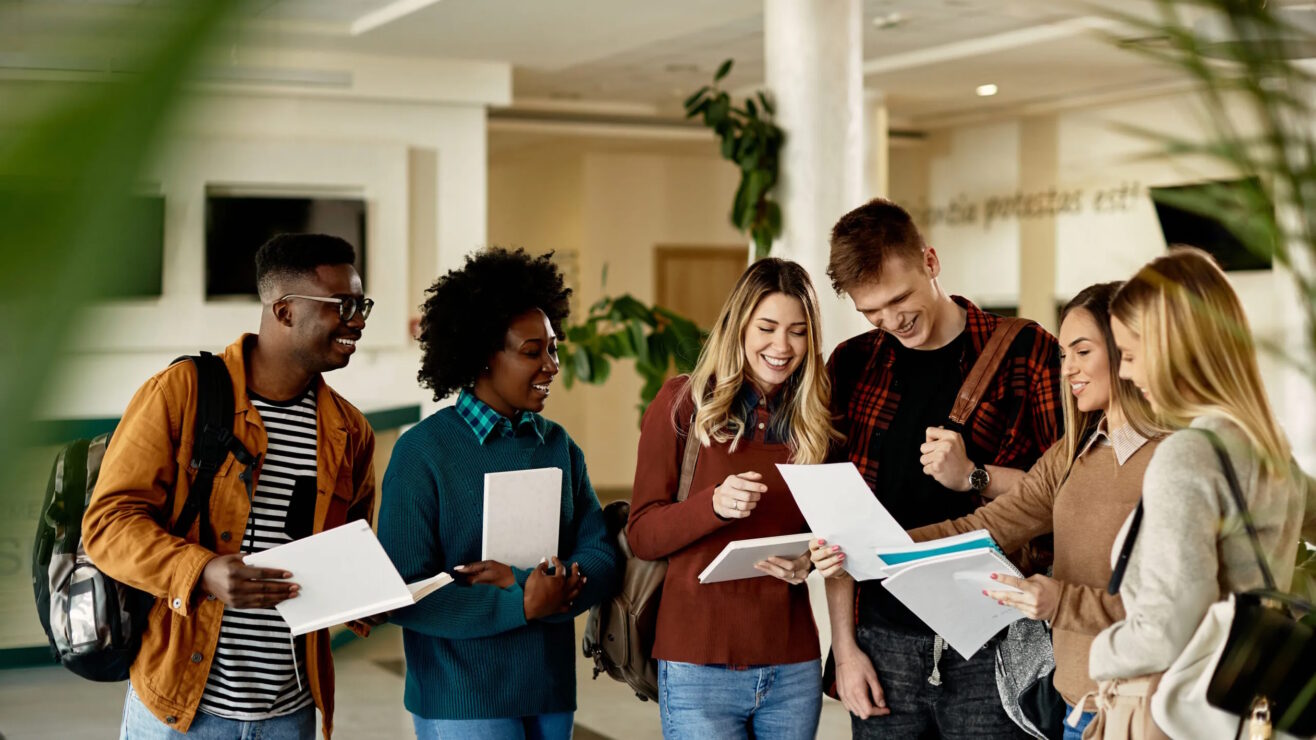More and more institutions have begun adopting lecture capture systems over the past few years – yet as a topic of discussion in higher education, it’s about as tritely antagonistic as money, politics, or religion.
We realised that the perennial lack of clarity and specificity is an ideal gap for an SU to fill. We ended up writing a report that our Education Officer used to make big wins for lecture capture, boosting our credibility as a union. Here are three things we learned from the experience.
A friend in need
Manchester Met first piloted lecture capture in January 2018 for a small group of students studying Business, and the scheme was expanded to more rooms for all courses at the start of the 2018-19 academic year. The project was sponsored by the Pro-Vice Chancellor for Education and delivered by a team in the Information Systems and Digital Services department, or ISDS. Crucially, built into their project plan was the need to review the initial rollout by January, and this included getting student feedback.
Based on course rep feedback we were considering some work on lecture capture anyway, but a golden opportunity appeared when, in classic university style, ISDS reached out to our Education Officer for support with this aspect. So we agreed to take the student feedback portion of the review into our hands, and set a date to present to the University Education Committee in January.
In many ways, the subsequent impact of the report can be traced to how it began. ISDS planned for the project to close in January, with the purpose of the report being to summarise and evaluate the impact of lecture capture so far. What we saw, however, was an excellent moment to jump on a hot topic and insert our agenda. So we supported our officer to make a bunch of recommendations to improve students’ experience with lecture capture – including expanding the system to include more rooms, which is now in the works over this summer as a direct result of the report.
Can’t we just talk?
A key aspect of our project was to fill two significant gaps in the discussion on lecture capture: institution-specific research, and narrative-driven qualitative research. In our initial literature review we found that papers on students’ use of lecture capture were dominated by numbers, tables, and graphs – measurements and percentages from which researchers extrapolated potential patterns and motivations behind student behaviour. We thought it might be much simpler (and less boring) just to ask.
Our findings were unsurprising. Students said lecture capture helped them to study, allowing them to revisit parts of a lecture that may have confused them initially or if they struggled to keep up. Students also felt less anxious if they had to miss a lecture due to illness or other circumstances, as they would be able to catch up by themselves.
One area we paid particular attention to was the relationship between students and their lecturers. The answers we got from students told us that they still valued in-person attendance, that they liked lecture capture because they didn’t want to miss out on lectures they couldn’t go to, and that they actually valued lecturers’ guidance on how they should best use the recordings.
The final report did include some (simple and colourful) graphs, but we made a point of using quantitative data to add or lend weight to students’ comments, which told the main story. We also knew we didn’t have a large enough sample size to give numbers alone a big impact – but we did get over 200 of Manchester Met’s students explaining the different ways the availability of lecture capture helps them.
We wanted to allow students’ own voices to speak, as people with full lives and thought processes. At the same time, presenting these narratives packed full of quotations also meant less room to quibble with our interpretations of the data, and therefore with our conclusions and recommendations.
Meet me halfway
As two new coordinators from social sciences academic backgrounds, when we heard “do some research” (and a close deadline), we panicked a bit and wrote an 11,000 word dissertation style paper. Academics also want an academic paper, but as we learned this was not the move. The report underwent major revision before it was finalised – key points were drawn from the original draft, but the literature review, references, and over half the words excised.
The visual boldness and textual simplicity of the end result were unlike anything these university committees normally receive, and immediately caught people’s attention. This was a tactic rather than lack of rigour; the final report prompted questions we could field more easily (like how many students filled in the survey) than if we’d already placed all our cards on the table. Critics were always going to try and ask difficult questions, and it was useful to set the bar low. Rather than being caught up in methodology, it was easier for the main point – the ‘student voice’ as defined by the union – to shine through.
Writing the report was of course only the start. Lucy presented the report at top university committees, where senior leadership backed her recommendations, and collaborated with the University Teaching Academy (UTA) – who look after teaching excellence for the university – to produce a video summarising the report’s findings.
Big meetings aside, we also wanted to engage with university staff at all levels. The report was distributed downwards to faculty and department-level committees, and made available for every single academic at Manchester Met to read. We coordinators got our day in the sun when headed out to meet staff on their own turf; we delivered a world café session at the UTA’s Festival of Learning and Teaching in June, where we played some games with staff across the university to introduce our report and explain its findings. This was a more relaxed environment, where staff could speak openly about their concerns, and we were able to act as ambassadors for the research. We genuinely believe that we changed some minds that day.
The road is long
Manchester Met’s lecture capture project continues, as does the life of our report. Whether or not the rest of our recommendations will be implemented is yet to be seen, but the experience has undoubtedly had a positive impact on our relationship with the university. We hope we can build on these methods to make change for students in other areas, and we hope this has offered something useful for other students’ unions too.



















